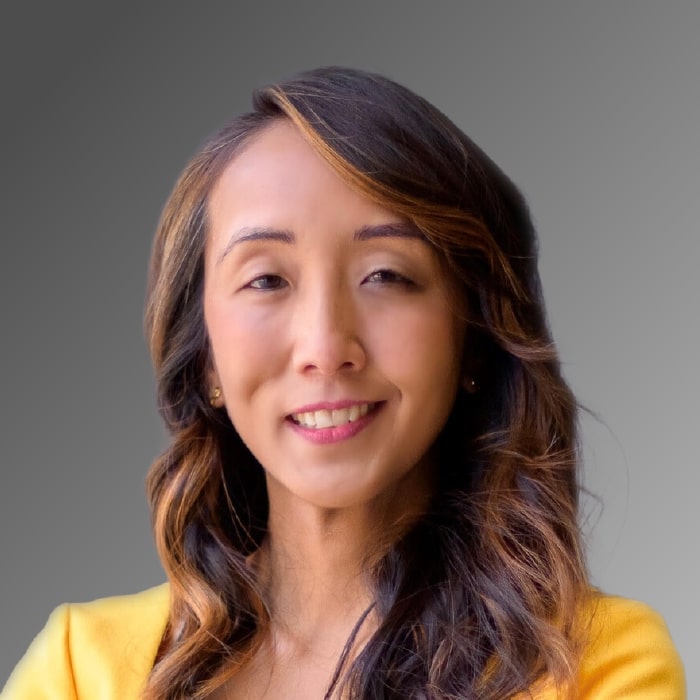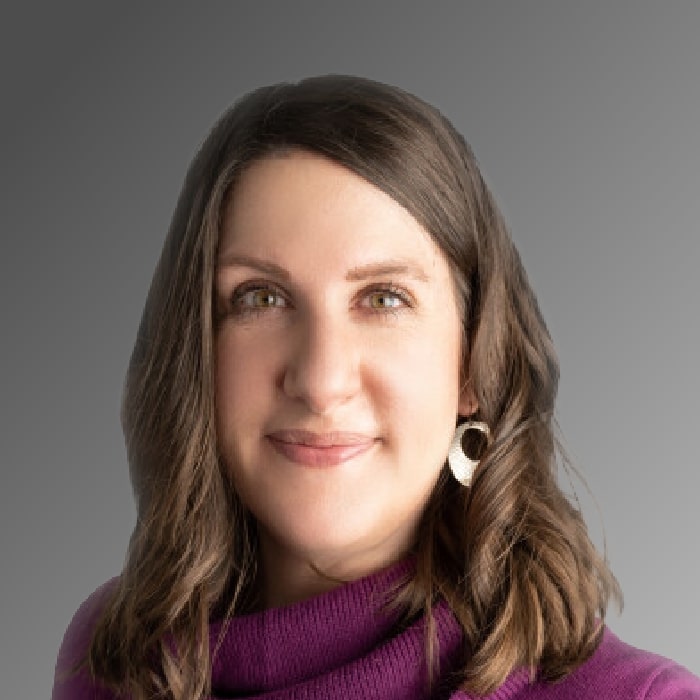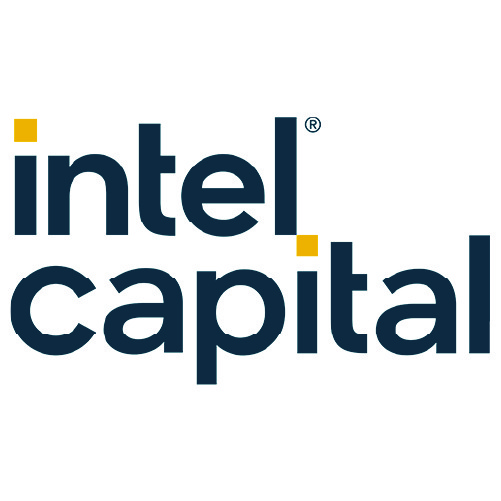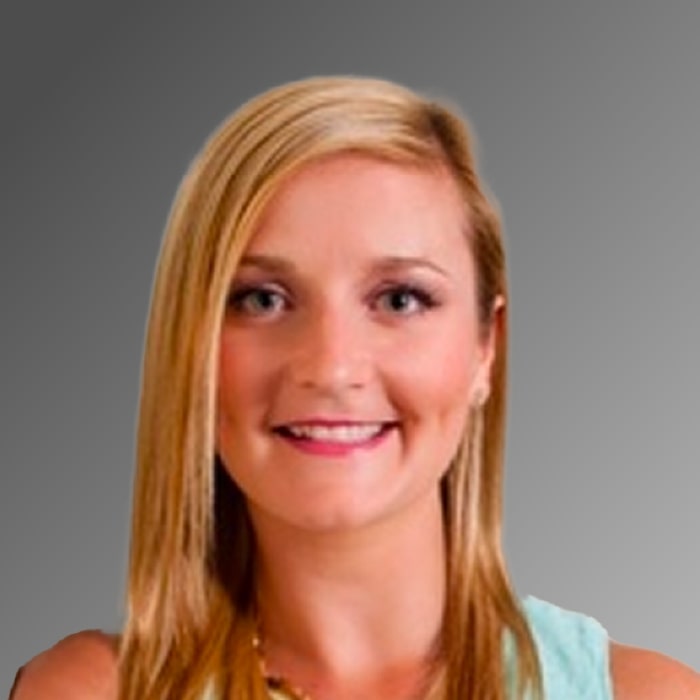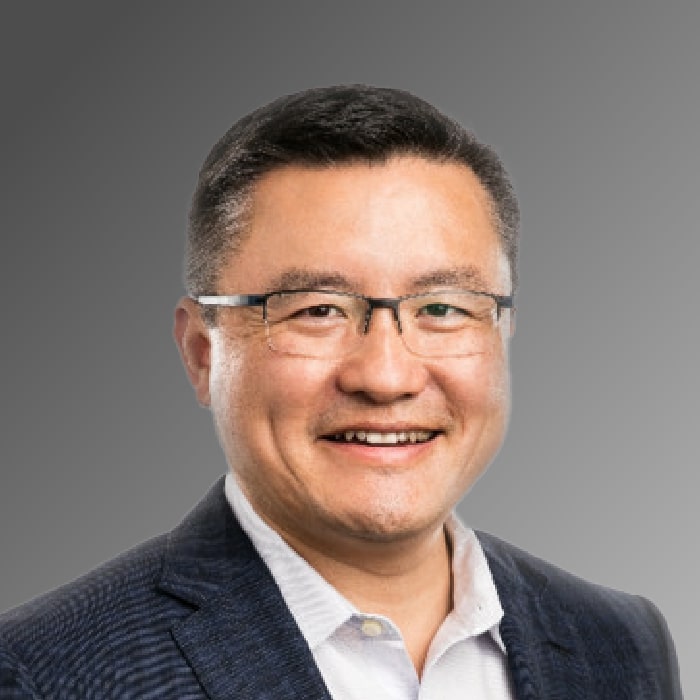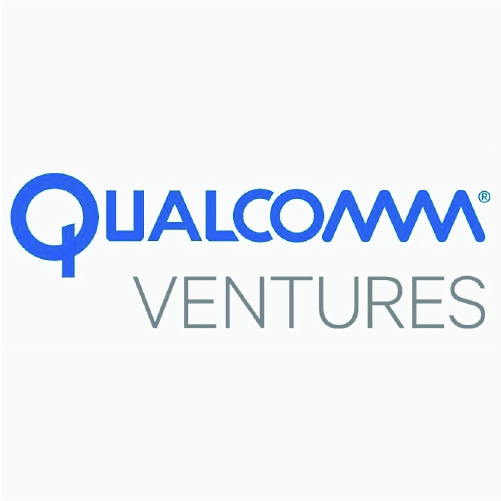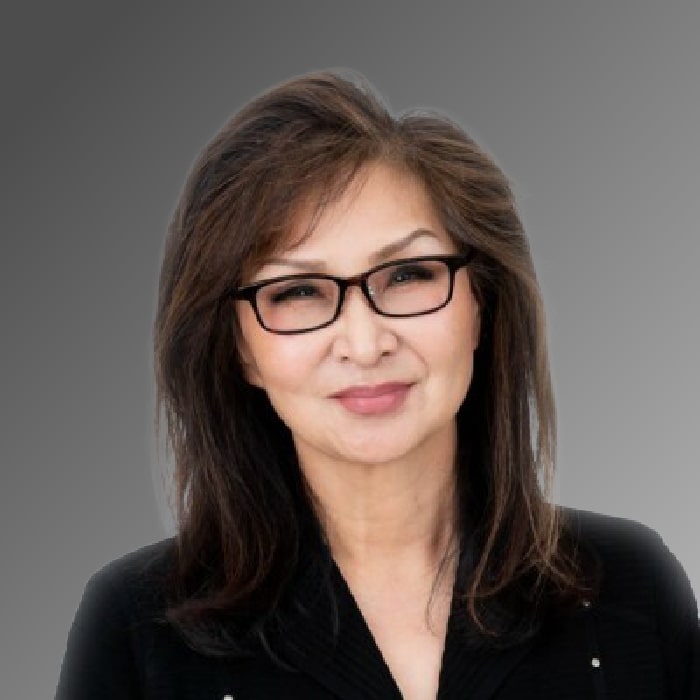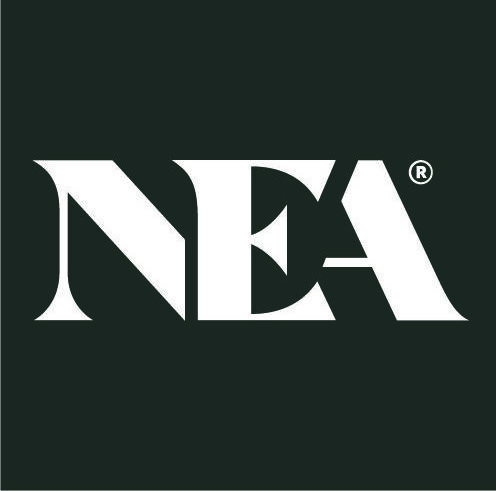Eileen Tanghal‘s Less-Traveled Path to In-Q-Tel Leadership
May 14, 2024
Interviewed by Nicolas Sauvage on October 17, 2021
Having all the answers is not a sign of investment insight or even a good measure of success for a CVC leader, says In-Q-Tel’s Eileen Tanghal, the senior partner and managing director of the CIA’s venture arm.
“If you’re always an A student, then you’re not really that smart because you don’t know what it’s like to fail,” she told Corporate Venturing Insider host and TDK Ventures President Nicolas Sauvage. “In the end, companies succeed because, number one, they have a really good founder. It’s the grit of the founder and their ability to pivot their product or their market when necessary to raise capital or drive revenue.”
Formal Education and On-the-Job Training
Much to her parents’ dismay, Eileen eschewed graduate school upon earning her undergraduate degree in electrical engineering and computer science at MIT. She joked that she shocked Mom and Dad even further by passing on several offers from big corporations to join a startup firm.
“That was a really good experience because we were just seven people,” she said. “We had less than $1 million in revenue, and we were going through a business model change at that company.” And even though the company eventually fell victim to the dot-com bubble, “we grew to $100 million in revenue and went public in 2002. So, I had experience being in a startup, which of course, is very helpful when in the end, your job is to work with startups.”
When the bubble burst, Eileen decided the time was right for graduate school. She enjoyed her time as a product manager at the startup and enrolled at London Business School to pursue an MBA. A career in venture capital was not on her agenda, but when she graduated during the fallout from 9/11, “there were no jobs for MBA students. People were rescinding offers, but I was fortunate enough to have been recruited — mostly because I had this unique entrepreneurial experience — by Amadeus Capital Partners.”
Stints at Amadeus and another investment firm led to Eileen’s connection to Chris Moran, who was working his way up the corporate ladder at Applied Materials.
“I had a semiconductor background and he was recruiting, so that’s how I went from going from financial VC and into corporate,” she said.
Regime Change
In her six-plus years with Applied Ventures, she advanced to head the investment fund and survive a critical rite of passage — the transition to a new CEO and the shift in strategic focus that often accompanies it. Applied Materials’ outgoing leader supported the venture group’s original purpose of “eyes and ears investing in cleantech and other areas that Applied was trying to go into,” Eileen said. “We had a year with several exits and excellent returns. Three of our companies have been bought. And so we were feeling very proud of ourselves.”
The new regime, however, wanted to know, “What have you done for Applied Materials lately? The new CEO had come from a place that had not seen a significant impact from the outside investments they had done. I was indeed worried that he would dismantle the venture capital group” because of the perception that it had not advanced the mothership’s mission.
“We would report on, say, 20 investments and how they have provided insight to five GMs, and maybe some of these are doing joint development,” she said. “ We started to be more quantitative in our descriptions, showing that we’re going to enable this company to perfect their product, which will end up being a rev share with Applied. It went from being very qualitative to ‘I’m investing either for supply chain efficiencies, for revenue share or for acquisition.”
She agreed with Sauvage’s observation that the mandate to show strategic value can influence investment decisions and portfolio composition.
“Before, you may have invested solely in the ones that you believe will help you learn a lot about a market or technology you don’t know,” he said. “But now you have this extra investment criterion. You need to show a path to benefits to Applied Materials.”
Eileen managed the challenge by defining funding opportunities through the common horizon framework. She said business units and M&A target Horizon 1 companies that are expected to deliver strategic value in one to two years. The chief technology office focuses on Horizon 3 businesses that mature in seven to 10 years. Ideally, the venture fund would fall into Horizon 2, seeking to invest in companies that will come to fruition in two to seven years.
But when the CVC faces existential threats and competing mandates, “you’re going to end up either aligning the venture fund as part of the CTO’s office, looking at things that are very ‘out there,’ or as a strategic unit, you have to get closer to the M&A group. As a leader, you need to decide how…to allocate between these three horizons. You also play this game of what’s gonna give me cover if I have one really good company that delivers strong revenues to the business unit because I can live on that reputational success. That’s going to allow me to do four or five seed, speculative eyes-and-ears things.”
Theory and Application
In 2015, Eileen took a position as vice president of new business ventures at ARM Holdings, where she previously occupied a board seat, to investigate investments that would generate additional revenue streams. She was only there for a while but learned a lot about how to run a CVC — lessons she applies in her role at In-Q-Tel:
- “We set up limited partnerships in a fund in China to get access to entrepreneurs, deals, and talents in geographies where we didn’t have people on the ground. If you don’t have someone in India, Taiwan, Korea, China, Singapore, or Europe, the easiest thing for me to do is to invest in a fund that is established.
- We looked at whether we should do an incubator inside ARM. The skill sets are different. Incubators usually require a lot of entrepreneurial commercialization experience rather than the business development, sales, and financial experience that is needed to be a venture capitalist.”
Softbank forked over £24.3 billion to acquire ARM 18 months after she joined, and Eileen contemplated taking some time off as she and her husband launched a coding school. Instead, In-Q-Tel convinced her to come aboard to support the strategic aims of the US, UK, and Australian intelligence communities.
In–Q-Tel
In-Q-Tel had already built a large and successful firm before Eileen arrived, so a big part of her job was to communicate prior successes and look for ways to build upon them.
“In-Q-Tel is about identifying dual-use technologies and using them in missions,” she explained. “To date, about 70% of what we invest in actually gets piloted, and 70% of that gets adopted. This is the only mechanism by which a company can both raise equity and get a customer into the government.
In-Q-Tel follows two paths to investment success: small “seed” investments in the $250,000 neighborhood that initiate “the relationship with the company in an area where we either know there will be customer interest or generically the government should just watch,” Eileen said.
‘Work-program’ investments from the US team — the process is different in the international work program — go “where there is a known product being developed and the company is driving toward delivery milestones to In-Q-Tel, who gives it to the customers. Things don’t pass in the work program unless there’s a real need. We’re highly mission-driven. This is about saving a life or impacting…national security.”
Looking Ahead
Eileen is excited that In-Q-Tel and the Western intelligence and defense agencies are working together to apply technology that fosters freedom and equality. She noted that while climate initiatives and supply chain issues can exacerbate geopolitical strife, they also can help solve the problems.
“Why are authoritarian governments putting Uyghurs in prison camps?
Because they’re sitting on natural gas reserves,” she said. “Anything that can stop…these geopolitical flashpoints across the world from happening through innovation — and that’s in many sectors” supports democracy and the world economy.
She is also keen on the prospects for tech in healthcare.
“Why isn’t there more AI and ML at the edge in healthcare yet? I think we’re just seeing the beginning. Eventually, they’re going to be sophisticated (enough) to tell you that something’s wrong. You should call your doctor. AI/ML hit the auto industry, life sciences, and government, and now I think we are just at the beginning stages of it making a big difference in healthcare. It has been accelerated by Covid, but also by the fourth wave of computing, which has brought down the price of chips and enabled edge ML to run on very low-power microprocessors.”

 Working in a startup may be the best training a CVC leader can undertake. It fosters compassion as well as an ability to judge entrepreneurs and find the weak spots the investment and business development team can bolster.
Working in a startup may be the best training a CVC leader can undertake. It fosters compassion as well as an ability to judge entrepreneurs and find the weak spots the investment and business development team can bolster. 